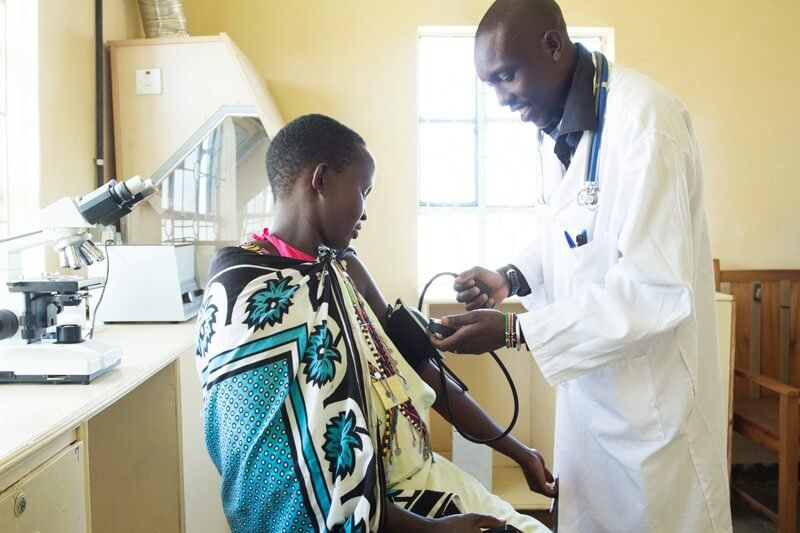
Unisa adds academic muscle to African genome research
September 20, 2022
Environmental Factor – August 2022: NIEHS helps sow the seeds for African genetic environment research
September 25, 2022How Africa’s genetic diversity can be harnessed to close the continent’s ‘drug and treatment gap’

Credit: Hugh Sitton/Getty Images
“I have begged to just die.” Those were the words of Sadeh Sophia, a sickle cell disease patient. Although living in the UK, she suffers from the genetic blood disorder that primarily targets Africans, SCD globally affects 25 million people, mostly in equatorial countries across Africa, the Middle East and Asia. The World Health Organization reckons that circa 300, 000 people are born with sickle cell disease. There is no cure.

Sadeh Sophia. Credit: My Friend Jen
Sub-Saharan Africa is the disease’s epicenter. As many as 40% of the population in some African countries carry the trait. About 1,000 children in Africa are born with SCD every day, and more than half will die before they reach 5 years old.
Yet, the African genome, which could yield critical clues to the development of life-saving malaria drugs and medical treatments, has been vastly understudied. How can this be changed?
Plagued by varying diseases
The diseases affecting Africans differ significantly in severity, scope and distribution from those that affect inhabitants of other regions. These are due to a variety of factors, including genetics, economic development, political stability and even cultural norms. One example of such a disease is polio which was endemic in Nigeria, Afghanistan, parts of Asia and most countries in Africa (presently, Pakistan and Afghanistan are the only polio-endemic countries).
Malaria, transmitted by the Anopheles mosquito, which disproportionately affects Africans, is largely linked to geographical location, hygiene conditions and economic development. It claims the life of a sub-Saharan African child every two minutes. The haemoglobinopathies and sickle cell trait (HbAS) confers protection from the lethal manifestation of malaria. The vital aspect is the mutation that causes sickle cell disease which leads to a 90% risk reduction of severe Plasmodium falciparum malaria across sub-Saharan Africa.
